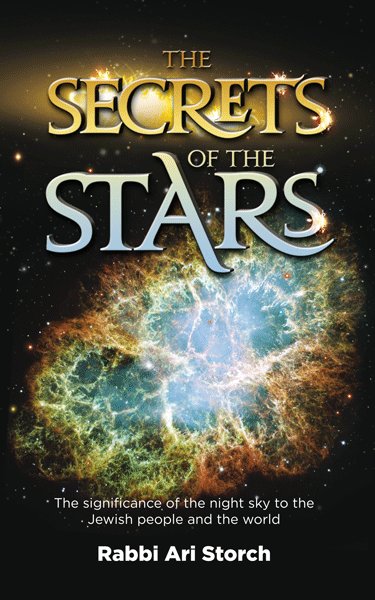As most people know, most of our holidays occur at different seasonal periods throughout the year. Pesach and Sukkos are a the first full moon after the equinoxes. Rosh Hashana is on or around the autumnal equinox and Chanukah, when we light candles/oil is around the winter solstice when the days are getting longer. Tu B'Av seems to be no exception and, in fact, seems to mirror Tu B'Shvat.
There are two moderate seasons, spring and fall, and two extreme ones, summer and winter. The summer months are Tammuz, Av and Elul and the winter ones are Teves, Shvat, Adar. The first of each month has the solstice which is when the days either are at their longest, summer, or shortest, winter. The second month of the extreme month marks the halfway point of the season, more specifically the middle of the month meaning the 15.
As such, both Tu B'Av and Tu B'Shvat mark the day when the extremeness of the season is beginning to wane. Both dates also show that the end to the extremeness of our exile is ending. On Tu B'Shvat we consider it the call to the spring and some have equated it with he call to the end of the exile which is compared to the harshness of winter (see Targum and Rashi Shir HaShirim 2:11), and Tu B'Av marks the day when the bitterness of 9 Av is felt to recede. (Bava Basra 121) In fact, the Gemara mentions that it is on Tu B'Av that the sun begins to lose its strength and this is one of the defining features why this day is considered to be important. (Ibid.) The Maharsha compares the sun to the force of the other nations, and it is apropros that we feel the relief of the harshness they imposed on us on 15 Av when the sun is losing its power. (Maharsha Yoma 20b)
Subscribe to:
Post Comments (Atom)


No comments:
Post a Comment